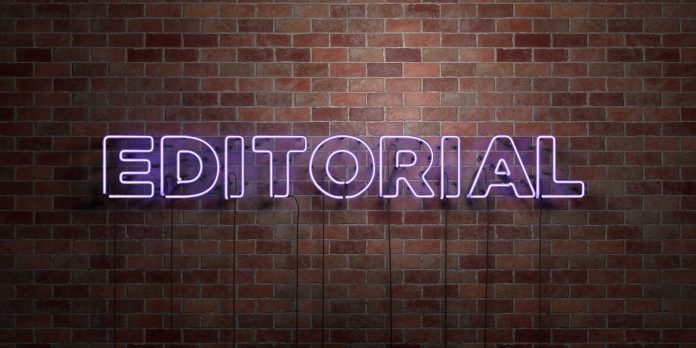The long-awaited Museum of the American Revolution opened its doors in Philadelphia this week. The multi-faceted venue walks visitors back in time to the founding of our country, providing an in-depth look at the people, places and ideas that laid the foundation for modern America.
What is often missing from history discussions is the role of LGBT people or LGBT issues in shaping historical movements. Thankfully, this museum bucked that trend, highlighting the historical significance of figures like Baron Friedrich Wilhelm von Steuben, and noting that many historians now believe the Revolutionary War general would be considered gay by today’s standards (more on that in an upcoming issue of PGN!).
Though the anti-LGBT crowd would have their supporters believe that LGBT identities are part of an emerging trend, it is the more visibly defined community, not the identities of the people in our community, that is a more recent entity. Expressions of LGBT identities are ubiquitous throughout history but, because of societal norms, they may not have been given the validity they deserved.
As the LGBT community continues to forge forward, there should also be rooming for looking backward. We should be revisiting history — in museums, textbooks, archives — and uncovering the LGBT angles that we know exist: the people who contributed to the diverse fabric of our nation, the places that united and motivated marginalized populations and the ideas rooted in queer sensibilities that moved our country forward.
LGBT people are an undeniable part of our country’s history, but until recently, we haven’t been given the opportunity to fully appreciate that notion. Claiming our spot in history isn’t just a matter of fairness; it’s important for LGBT generations to come to understand their roots in order to better envision and chart their own path.
History itself may be static but our understanding of it shouldn’t be; how we perceive history is significantly shaped by our evolving society, culture and sense of community. The more we uncover about LGBT influences in American history, the more clearly we can see where the building blocks of our community started, and how we can continue to strengthen them.
